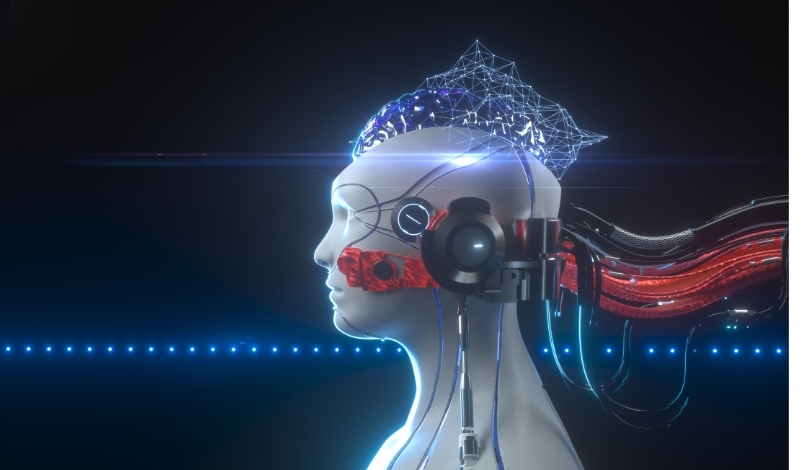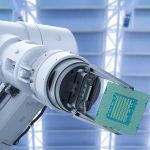Growing demand for efficiency and flexibility in automated manufacturing has led to frequent updates in vision-guided robotics. Apera AI is addressing this need through improvements to its web-based simulation and AI training platform, Apera Forge, providing enhanced options for users focused on automating complex tasks like de-racking and adapting camera configurations. The update aims to help manufacturers and integrators work faster and with greater reliability, responding to pressing industry requirements for adaptable vision systems. Notably, the inclusion of simulated cell design, obstacle management, and bundled training tools marks a comprehensive approach to simplifying system integration.
Comparing past releases and recent reports, previous iterations of Apera Forge concentrated mainly on basic simulation and single camera configurations. Earlier coverage noted gradual expansion toward industry-specific tasks such as bin-picking, but lacked the depth in cell design flexibility and the option for robust “Eye-in-Hand” camera setups now evident in this update. The current version also appears to streamline user autonomy, reducing reliance on external engineering support, which was not as prominent in previews of the platform. The addition of Obstacle Autopilot and the ability to rapidly deliver complete vision programs introduces new usability, compared to the slower rollouts and longer setup times cited before.
How Does the New Update Improve Robotic Cell Design?
The latest improvements in Apera Forge deliver advanced tools for simulating and customizing robotic cells. Users can now experiment with camera placement, bin positioning, and the inclusion of multiple obstacles, so that the digital design reflects the layout found in actual factory settings. By importing CAD files and configuring reference points, the software handles a broader array of cell environments, assisting manufacturers in scaling automation processes according to their requirements.
What Role Do EOAT-Mounted Cameras and De-Racking Play?
“Eye-in-Hand” vision, where cameras are directly mounted on robotic end effectors, receives substantial support in this version of Apera Forge. The tool enables visualization and adjustment of camera views during cell design, which helps ensure that parts are easily visible regardless of their position in a rack. These enhancements cater to de-racking tasks, where precise placement and orientation matter for consistent recognition and accurate picking. The platform allows users to specify parameters such as part spacing, rack axes, and part count in the simulation.
Can Users Train AI Models Without Engineering Support?
Apera Forge is designed as a no-code, browser-based platform, allowing manufacturers and integrators to train AI models without engaging Apera AI engineers directly. This level of autonomy shortens project timelines and reduces dependency on third-party support. The company reports that object recognition and task performance can reach up to 99.9% reliability, and full vision programs may be delivered for deployment within two days.
Discussing industrial relevance, Jamie Westell, director of engineering at Apera AI, stated:
“De-racking is a highly common application in the automotive sector. With our AI-powered 4D Vision deployed at the top 6 automotive OEMs in North America, this Forge release empowers their maintenance engineering managers to rapidly deploy vision-guided robotic automation across their plant for de-racking vehicle hoods, doors, body panels, and other racked parts.”
The ongoing updates to Apera Forge signal a trend toward broader usability and time-saving measures in robotics integration for manufacturing. Offering a simulation environment that cuts traditional project durations from weeks to hours, the software gives users flexibility for advanced vision-guided applications. The integration of features such as Obstacle Autopilot and multi-source configuration encourages rapid prototyping and more thorough validation prior to hardware investment. By eliminating many early engineering hurdles, this approach may contribute to reducing costs and extending vision-guided robotics to a wider manufacturing audience. Manufacturers considering 4D vision for tasks like sorting, de-racking, or assembly can utilize the platform to experiment, train, and deploy systems at a pace previously unavailable through conventional means. Careful comparison of deployment timelines and required technical support between Apera Forge and competing tools will help readers evaluate which solutions fit their process needs, especially in sectors where automation flexibility is essential.










